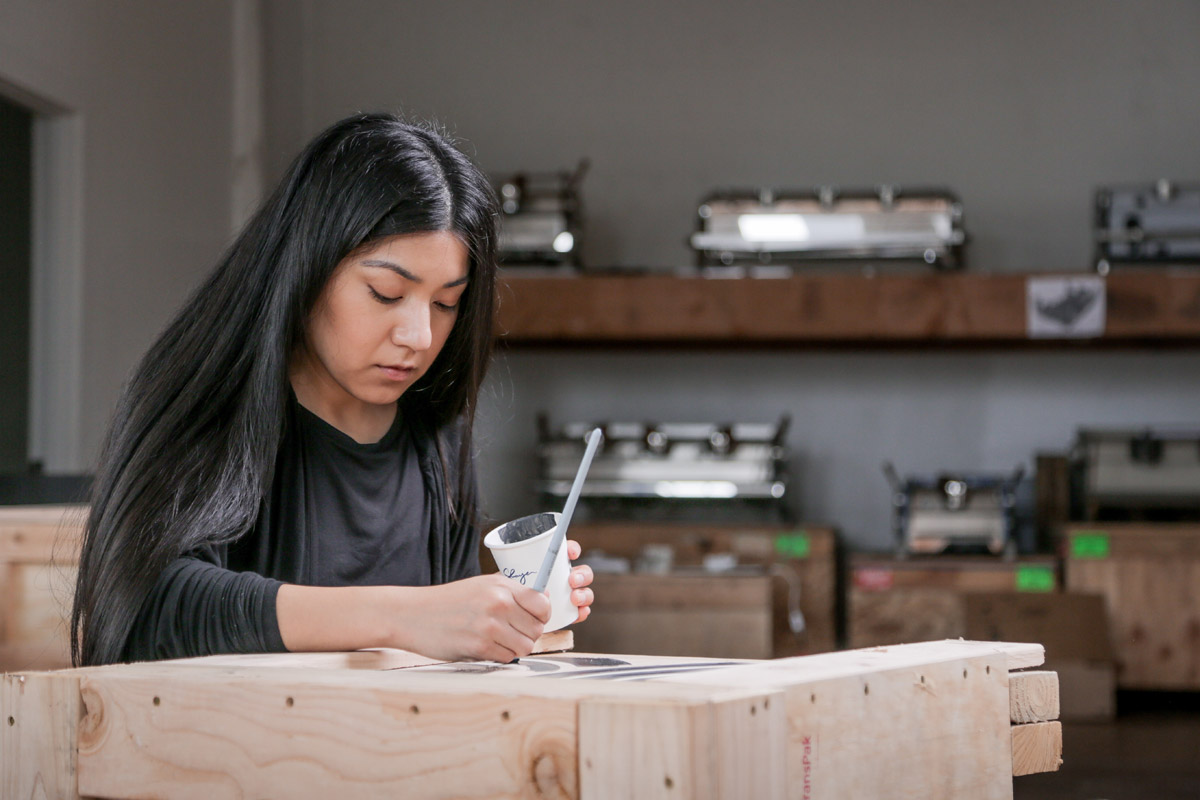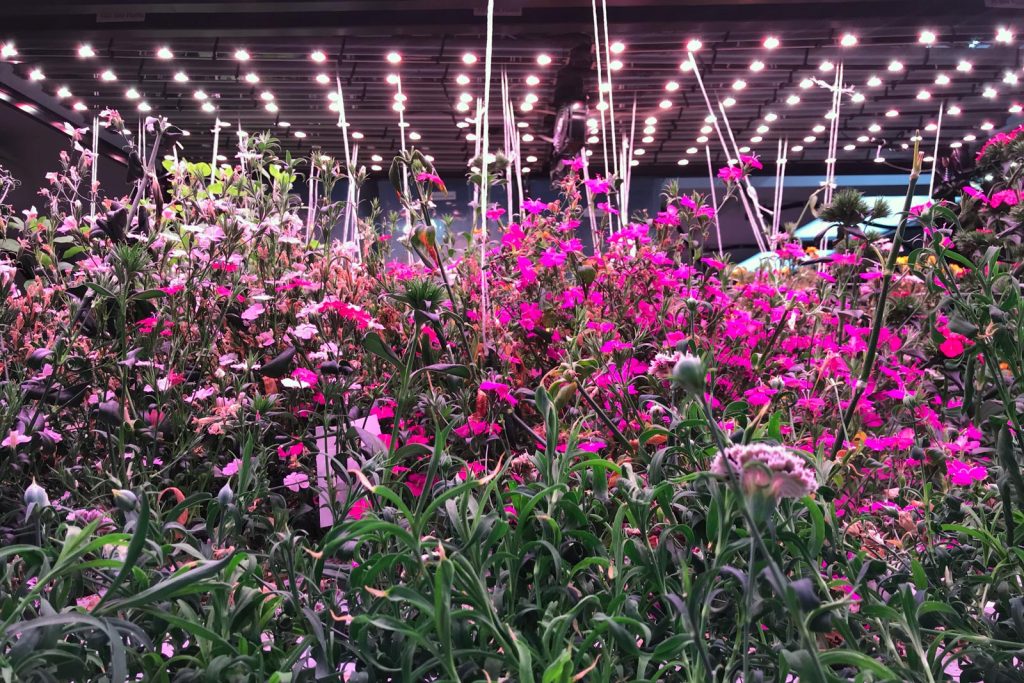Behind the Scenes with Slayer Espresso
Inside the innovative coffee machine company’s Seattle headquarters

With his father owning a roasting company, founder and CEO of Slayer Espresso Jason Prefontaine grew up quite familiar with the coffee bean. Prefontaine eventually became an espresso machine importer, selling and servicing machines. He then opened a roasting company and learned everything more he could about making coffee. The deeper he got into the world, the more he came to believe that the mechanisms and technology that were available in espresso machines simply could not pull shots in a way that highlighted the flavor profiles he knew were in the coffee he was roasting. When servicing machines, he found parts too close together, components that broke too easily, and aspects of the machines he wanted to change and update.
This yearning for better espresso led Prefontaine to move to Seattle to open Slayer with the goal of making the American-built espresso machine of his dreams. As he explains, he started Slayer experimenting and prototyping with one objective: “How can I make my coffee better?” He adds, “I am a coffee roaster,” pointing into his cup. “This is the most important thing.”

In 2007, Prefontaine remembered an Italian guy making him coffee on an old-style lever machine. There was something about the texture that was memorable. At Slayer, they took the springs from those machines and had them compressed to look at the force the spring was exerting. They used physics to plot a pressure profile of this extraction, hoping to design a machine that could manipulate the pressure.
Then Prefontaine realized that the coffee he was roasting tasted better when prepared as a pour-over brewed coffee—the first step of which (called blooming) gives the ground coffee a little time to release CO2s, the component of the coffee beans that taste bitter. If he could build a machine that added in a slow infusion time at the beginning, before extraction, he would have the ability to have sweeter more viscous coffee. This process could potentially extract more of the oils on the coffee beans, thus coating the tongue with delicious oils that mask any bitterness in the coffee.

The original idea to manipulate pressure led to their patented flow-control system, with a precision needle valve. As they began to build their first prototypes, Prefontaine told his team to spare no expense in parts and not to shy away from labor intensive building techniques. “I want you to drink with your eyes first,” he says. Nine months later he walked into their factory and stood in front of what he called, at the time, their Frankenstein machine. Prefontaine dialed in, pulled a shot, and took a sip. “All of the hairs on my arm stood up,” he says. “I went outside. I was shaking. I called my brothers to tell them, ‘You will not believe what I just tasted.'” That first shot brought out the sweet notes of the coffee, taking out the bitter elements that are in many espressos. He achieved his goal.

The Slayer was born. Introduced in 2009, the hand-crafted machine was made of stainless steel, heavy brass, hand-carved wood handles, with top-of-the-line heating elements, pumps and everything else they could find to build the highest quality espresso machine. The inside of the machine has been designed to have a clean, simple, minimal configuration. “You can get your wrench on every fitting. We pay attention to every detail,” he says. “I used to fix machines. We have higher quality heating elements that do not explode and the most expensive anti-suction valve.” The machines feature simple intuitive retro-styled displays. Prefontaine remembers the feeling of playing with the flywheel on his father’s Marantz tuner and searched for stainless steel knobs that would have that heavy and sturdy feeling when turned.
In 2015 the company introduced a low-profile single group machine that was appropriate for homes. Each machine has fully customizable options, colors, and materials.

One year later, when Slayer was already producing machines that could deliver the finest shots of espresso, Prefontaine had one more challenge: to produce better steamed milk. Most espresso machines have steam wands that push tiny particles of water in the milk, thus diluting it. Prefontaine wanted to find a way to make dry steam that heats milk without adding water. Plenty of research and a few patents later, Slayer had dry steam and the ability to craft rich milk for latte art and to bring out the flavors of the coffee. The technology even makes alternative milks like soy, almond, and oat taste creamier.
Most recently, Slayer released the Steam Box Set which gives cafe owners three-tier product options package with the goal of helping offer faster, more efficient espresso preparation. Of these options, the Slayer Steam has the aforementioned vaporizer with custom temperature control and all of the bells and whistles they have developed. The Slayer LP features pre-programmable pre-infusion with two settings per group head. The Steam EP features push button volumetrics that help simplify coffee service and streamline barista workflow.

To show off their new machine, Slayer teamed up with artist Dana Tanamachi to create a hand-painted installation inspired by coffee plants, Seattle topography, and swirls of espresso extraction combined with the traditional Japanese elements often seen in her work.
Prefontaine especially loves making shots for people who say they do not drink espresso because it tastes too bitter. Even though their espresso machines cost more than some others, he loves hearing reports of happy (cafe) owners who attribute increases in sales to the investment they made by purchasing a Slayer. Ultimately, though, he says, “I wanted to make a sexy machine.”
Images courtesy of Slayer Espresso












